Discover 11 hidden attractions, cool sights, and unusual things to do in Bandai-Asahi National Park (Japan). Don't miss out on these must-see attractions: Goshiki-numa, Mount Azuma-kofuji, and Lake Hibara. Also, be sure to include Mount Gassan in your itinerary.
Below, you can find the list of the most amazing places you should visit in Bandai-Asahi National Park (Niigata).
Table of Contents
Goshiki-numa
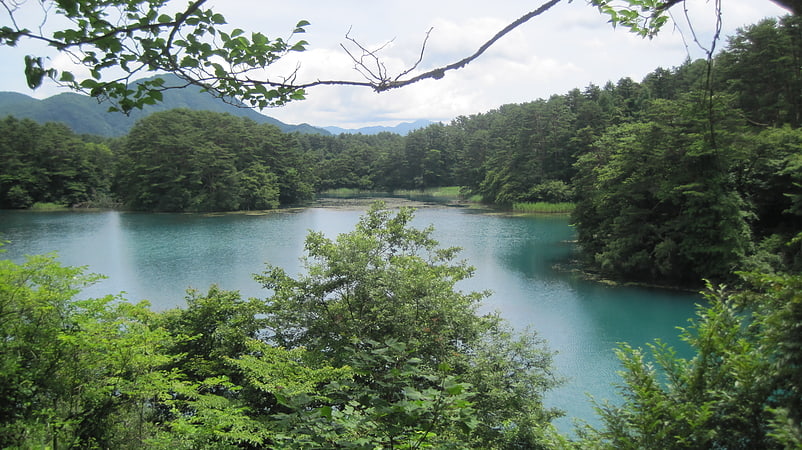
Also known as: 五色沼
Lake in Japan. Goshiki-numa, is a cluster of five volcanic lakes situated at the foot of Mount Bandai in the center of the lake district of Bandai-kōgen, Kitashiobara, Fukushima, Japan.
Goshiki-numa formed when Mount Bandai erupted on July 15, 1888, destroying dozens of villages and killing approximately 500 people while creating hundreds of lakes and tarns.
The eruption completely rearranged the landscape, creating the Bandai-kōgen plateau and damming local rivers. The eruption imparted mineral deposits to the Five Colored Lakes giving each of them their own delicate color, ranging from reddish green to cobalt blue. The colors of each lake mysteriously fluctuate throughout the year with the weather. Since the eruption, Goshiki-numa has become a popular tourist destination. An approximately four-kilometer walking path from Lake Bishamon, the largest of the five lakes, to Lake Hibara affords people a view of all five lakes.[1]
Mount Azuma-kofuji

Also known as: 吾妻小富士
Stratovolcano in Japan. Mount Azuma-kofuji is an active stratovolcano in Fukushima prefecture, Japan.
It has a conical-shaped crater and as the name "Kofuji" (small Mount Fuji) suggests, the shape of Mount Azuma is like that of Mount Fuji. Mount Azuma's appealing symmetrical crater and the nearby fumarolic area with its many onsen have made it a popular tourist destination.
The Bandai-Azuma Skyline passes just below the crater, allowing visitors to drive to within walking distance of the crater and other various hiking trails on the mountain. There is also a visitor center along the roadway near the crater, where a collection of eateries, facilities, a parking lot, and a stop for buses from Fukushima Station are located.
The Azuma volcanic group contains several volcanic lakes, including Goshiki-numa, the 'Five Colored Lakes'.
Each Spring, as the snow melts away, a white rabbit appears on the side of Mount Azuma. The melting snow shaped like a rabbit is known as the 'seeding rabbit' and signals to the people of Fukushima that the farming season has come.[2]
Lake Hibara
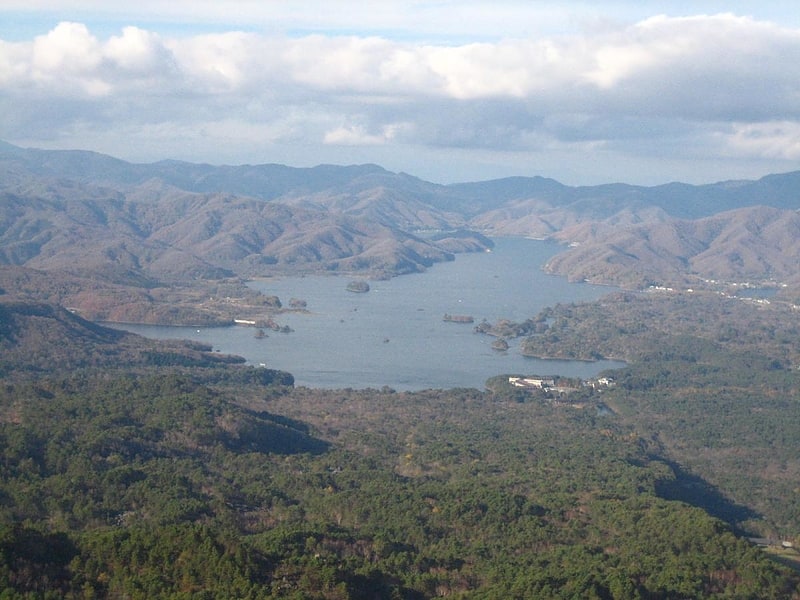
Also known as: 桧原湖
Lake in Japan. Lake Hibara is a lake located in Yama District, Fukushima, Japan. It is a part of the Bandai-Asahi National Park and is the largest of the lakes in the Bandai-kōgen highlands.[3]
Mount Gassan
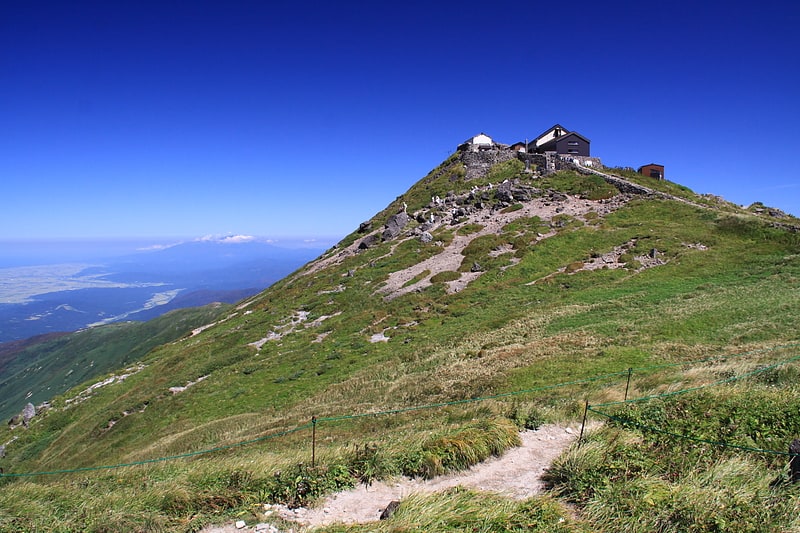
Also known as: 月山
Mountain in Japan. Mount Gassan is the highest of the Three Mountains of Dewa in the ancient province of Dewa. The Gassan Shrine stands at the mountain's summit, 1,984 metres above sea level.
It has a long hike from its trailhead and usually requires about 4-5 hours to hike it. Visitors should be aware of the weather and not try to hike it during windy or days with heavy rain. Also note that the trail is not paved and in some parts requires use of hands to clear certain parts of the trail.
Due to heavy winter snowfall, the mountain and shrine are inaccessible for long periods of the year; however, skiing is possible on the mountain from April to mid-summer.
The mountain is interesting in that it contains elements of both shield volcanoes as well as stratovolcanoes, although it is classified as a stratovolcano.[4]
Tenkyōkaku
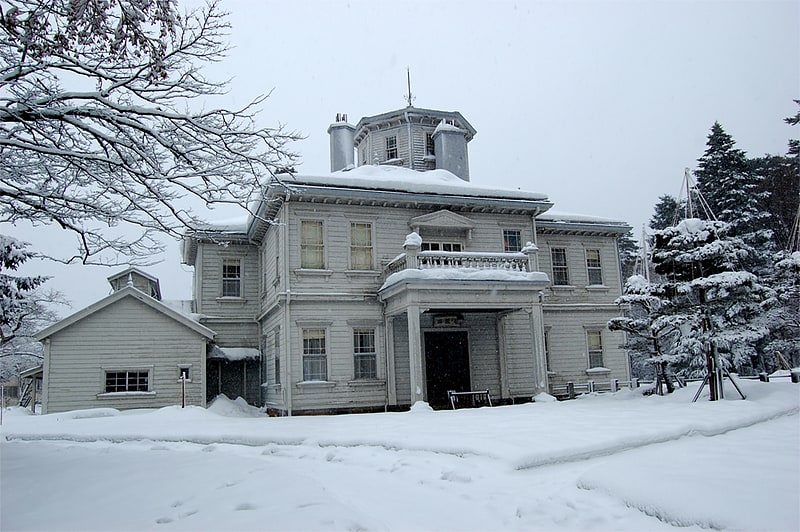
Also known as: 天鏡閣
Historical landmark in Inawashiro, Japan. Tenkyōkaku is a Western-style French Renaissance style residence built as a summer villa for Prince Arisugawa Takehito located in Inawashiro, Fukushima Prefecture, Japan.[5]
Address: Bandai-Asahi National Park, 1048-14 Gotenyama Ogizawa Inawashiro-machi, Yama-gun, Fukushima Prefecture, Japan 680-0011
Morohashi Museum of Modern Art
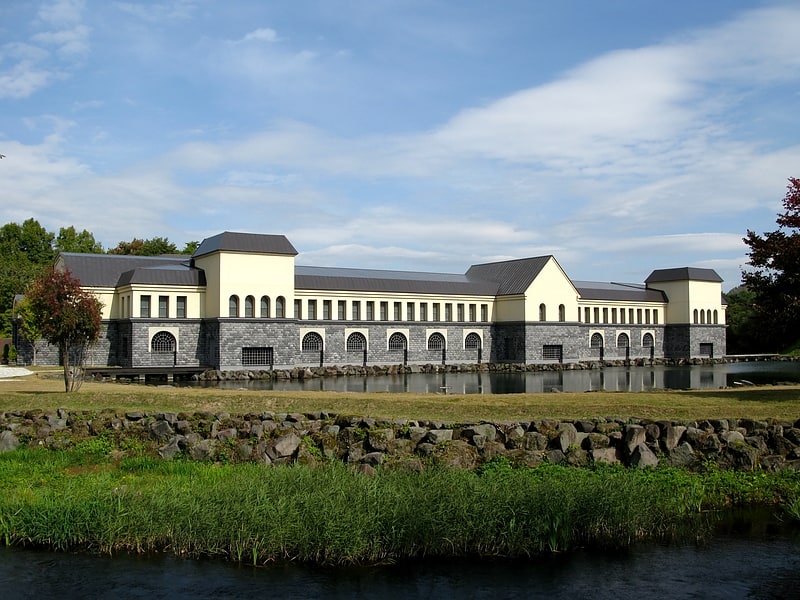
Also known as: 諸橋近代美術館
Museum in Kitashiobara, Japan. Morohashi Museum of Modern Art opened in Kitashiobara, Fukushima Prefecture, Japan, in 1999. It is situated within Bandai-Asahi National Park, near Goshiki-numa and with views of Mount Bandai. The permanent collection includes over three hundred forty pieces by Salvador Dalí which makes it the fourth largest Dalí Museum in the world and the sole Dalí Museum in Asia, as well as works by Sisley, Cézanne, Renoir, Matisse and Picasso.[6]
Address: Bandai-Asahi National Park, 1093-23 Aza-Kengamine, Ōaza-Hibara
Mount Yudono
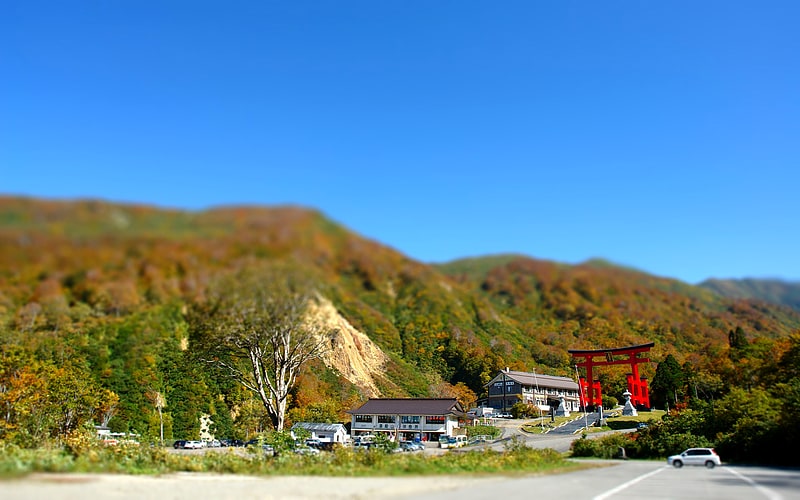
Also known as: 湯殿山
Mountain in Japan. Mount Yudono is one of the Three Mountains of Dewa in the ancient province of Dewa. The Yudono-san Shrine, the most holy of the Dewa Sanzan shrines, is located on the mountain.
Pilgrims have to enter the shrine itself barefoot, and photography is not allowed. Due to heavy winter snowfall, the mountain and shrine are inaccessible for long periods of the year.[7]
Oguni-numa Pond

Also known as: 雄国沼
Pond in Japan. Oguni-numa Pond is a pond located at the western base of Mount Nekomadake in Fukushima Prefecture, Japan. The pond is situated on the remains of a crater and has a circumference of 4 km and an area of 45 hectares. It is considered a national monument.[8]
Gassan Shrine
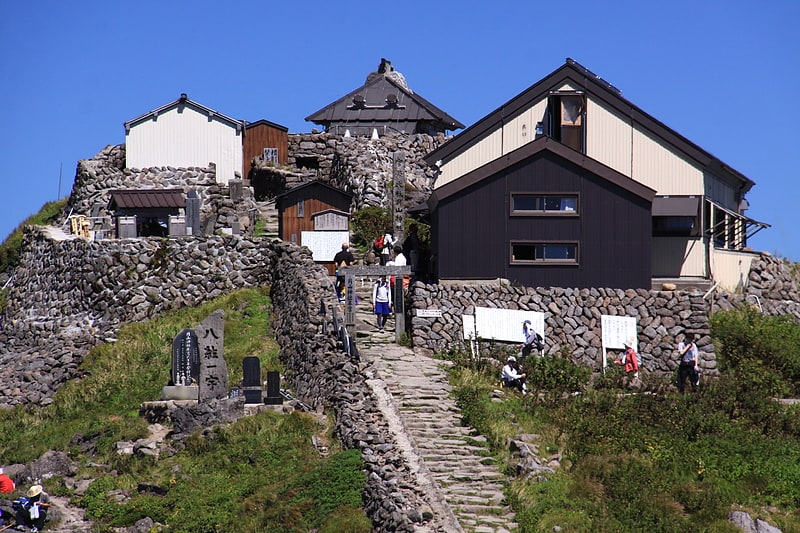
Also known as: 月山神社
Shinto shrine in Shonai, Japan. Gassan Shrine is a Shinto shrine on Mount Gassan in Yamagata Prefecture, Japan. It was formerly a national shrine of the first rank in the Modern system of ranked Shinto Shrines. The main kami enshrined here is Tsukuyomi-no-Mikoto. It was established in 593.
The shrine's main festival is held annually on August 14.[9]
Lake Inawashiro
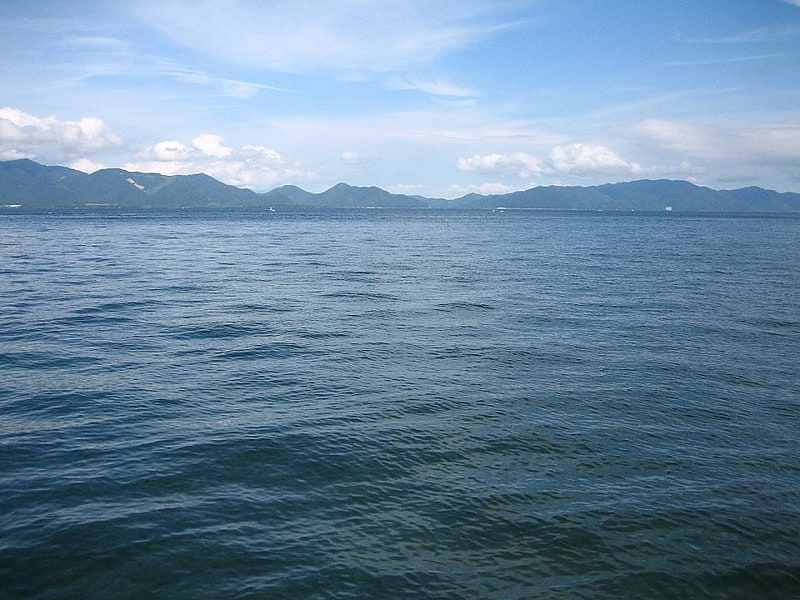
Also known as: 猪苗代湖
Lake in Japan. Lake Inawashiro is the fourth-largest lake in Japan, located in central Fukushima Prefecture, south of Mount Bandai. It is also known as the 'Heavenly Mirror Lake'. The lake is located within the borders of Bandai-Asahi National Park. It is a surface area of 104 square kilometres, circumference of 63 kilometres, depth of 94 metres and is located at an altitude of 514 metres. In winter swans migrate to the beaches of the lake and stay there until spring.[10]
Mount Nekomadake

Also known as: 猫魔ヶ岳
Stratovolcano in Japan. Mount Nekomadake is a stratovolcano located west of Mount Bandai, close to Bandai town and Kitashiobara village in the Fukushima Prefecture, Japan. It is 1,403.6 metres high, and close to Lake Inawashiro and Oguni-numa Pond.[11]